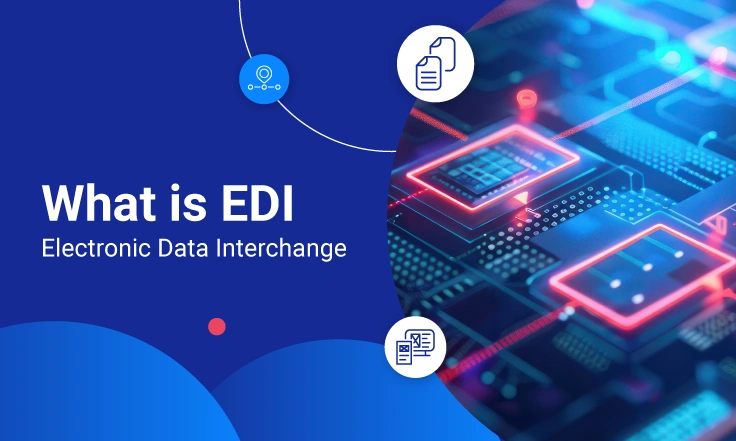Within an EDI system, various processes occur before a document reaches its intended recipient. These include collecting the data, decoding, disassembling, error handling, validating, mapping, authorization, routing, preassembling, and assembling.
The entire process can be divided into three straightforward steps:
1. Document preparation
Initially, data is collected and organized, for instance, by creating a file containing the necessary information to construct an EDI document within the EDI system. To generate electronic documents, data can be input manually, exported from databases, or automatically generated.
A complete EDI document is a file containing segmented and formatted data elements in accordance with specific EDI standards.
Some popular electronic document types exchanged via EDI include:
- Orders (ORDERS)
- Invoices (INVOIC, VDA 4906, VDA 4938, ANSI X12 820, INVFIL)
- Dispatch advices (DESADV, VDA 4913, VDA 4987, ANSI X12 856, DELHDR)
- Receiving advices (RECADV, VS30, VDA 4989, ANSI X12 846 )
- Order responses (ORDRSP)
- Inventory reports (INVRPT, VS35 and VS36, VDA4990, ANSI X12 846)
2. Translating sales reports (SLSRPT, ANSI X12 852) into EDI format
Next, data is translated into the EDI standard format using specialized software. EDI service providers typically offer this functionality, as it requires expertise in mapping to define the correlation between internal data and EDI data. EDI mapping involves translating data from primary files such as SAP IDOC or CSV into EDI formats like EDIFACT. Standardized formats, such as FLATFILE, XML, CSV, and JSON, are used for EDI files to ensure compatibility between computers.
3. Transmission
Once documents are translated into the appropriate format, they are transmitted to the connected EDI-capable business partner. To ensure secure online data transfer, documents are encrypted, and various connection standards are utilized.








